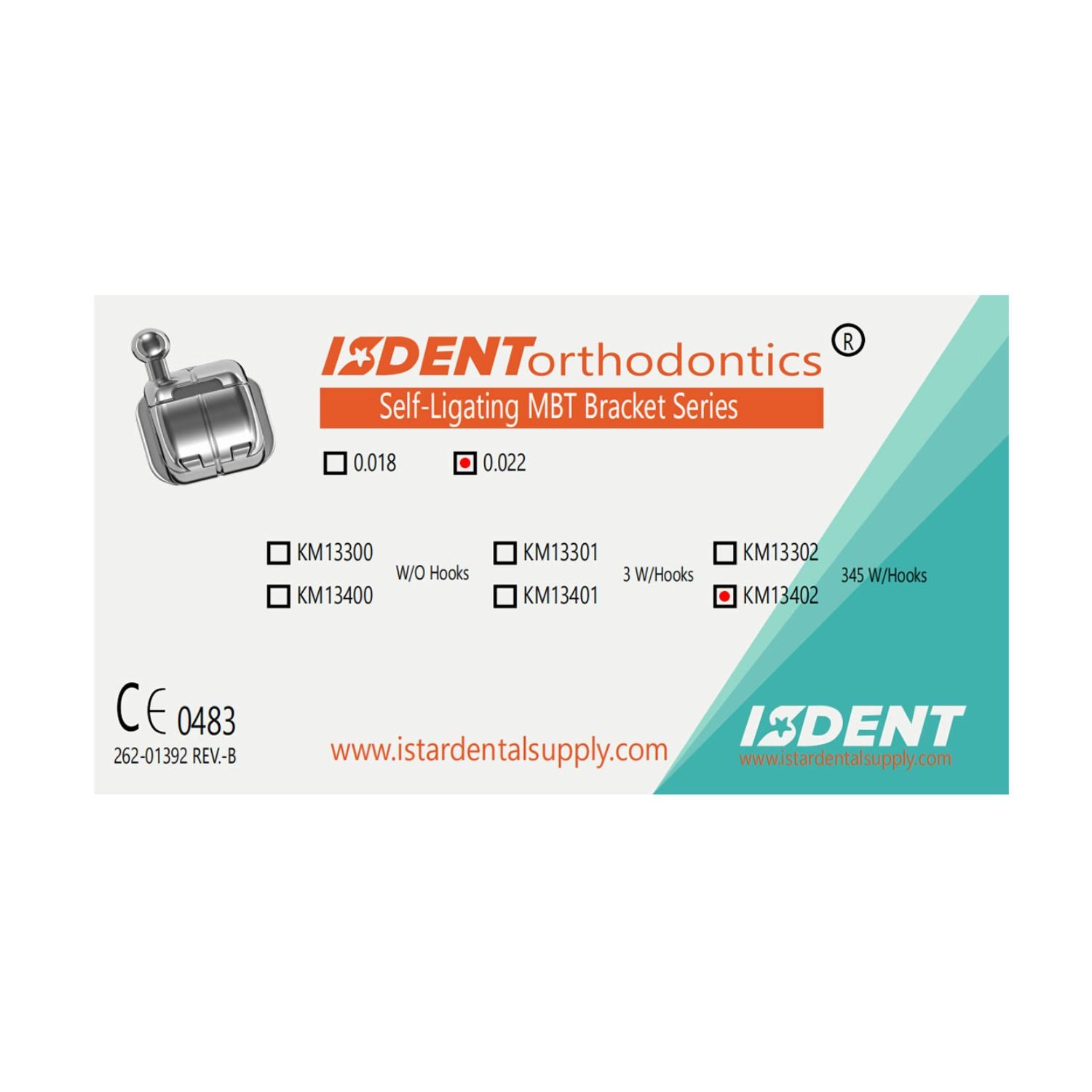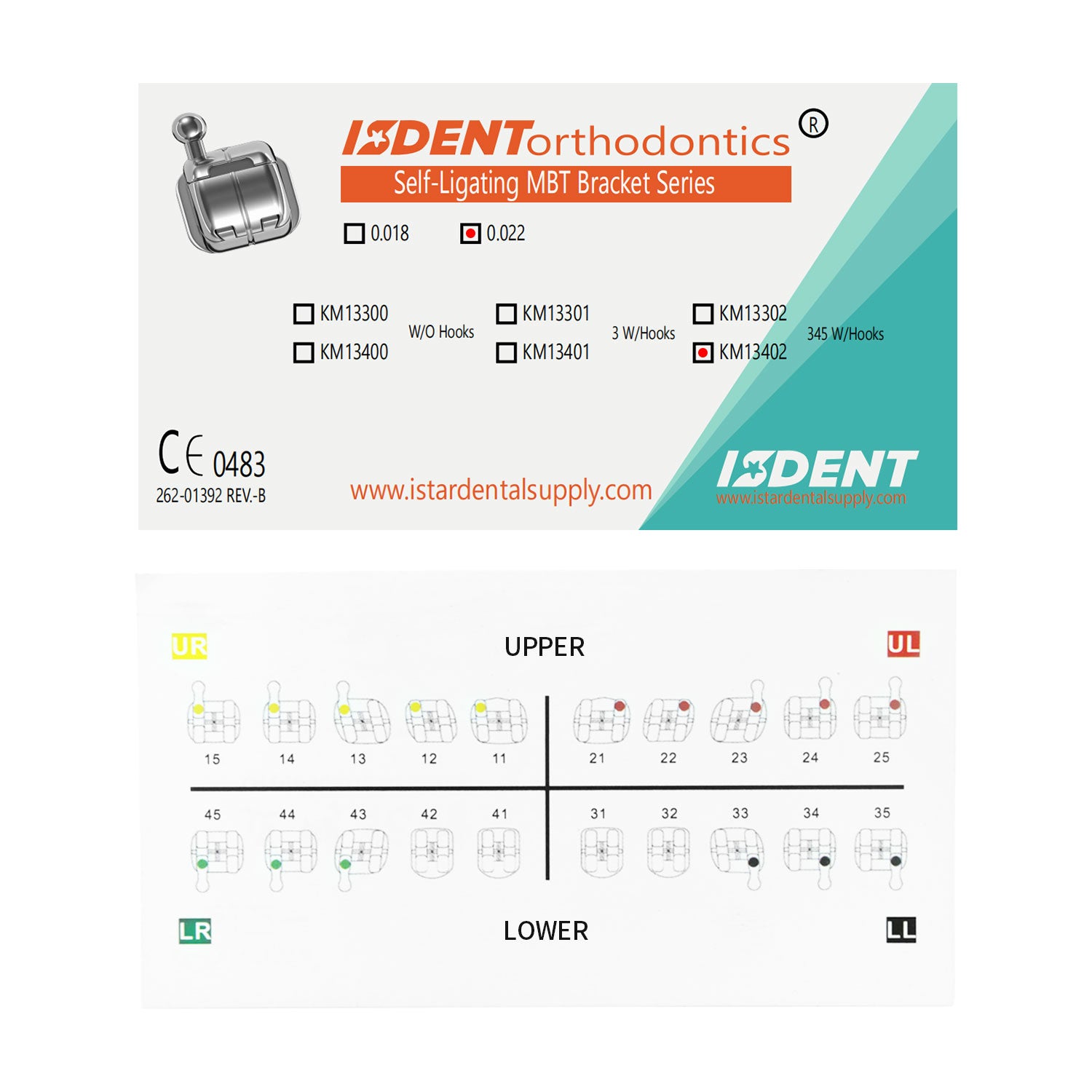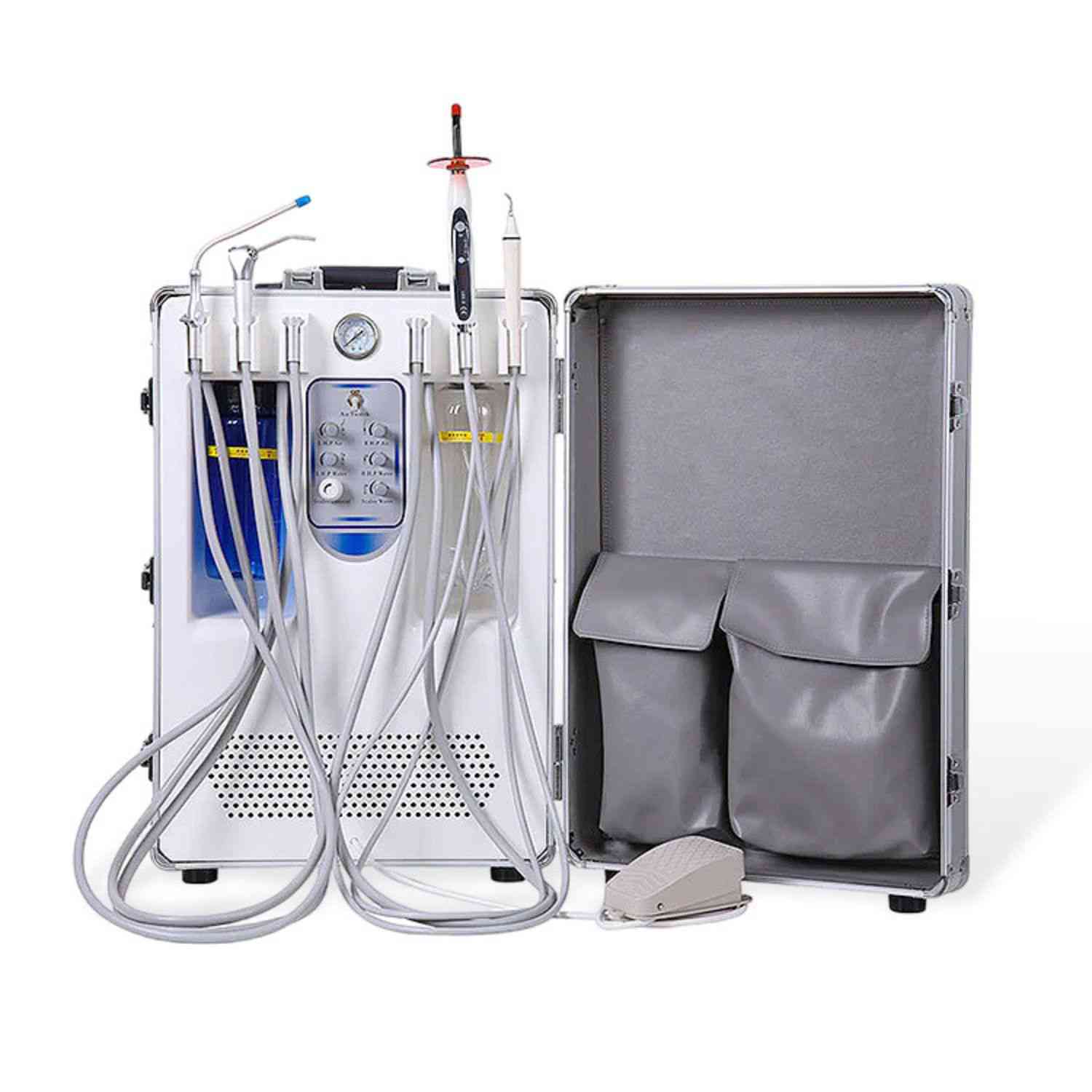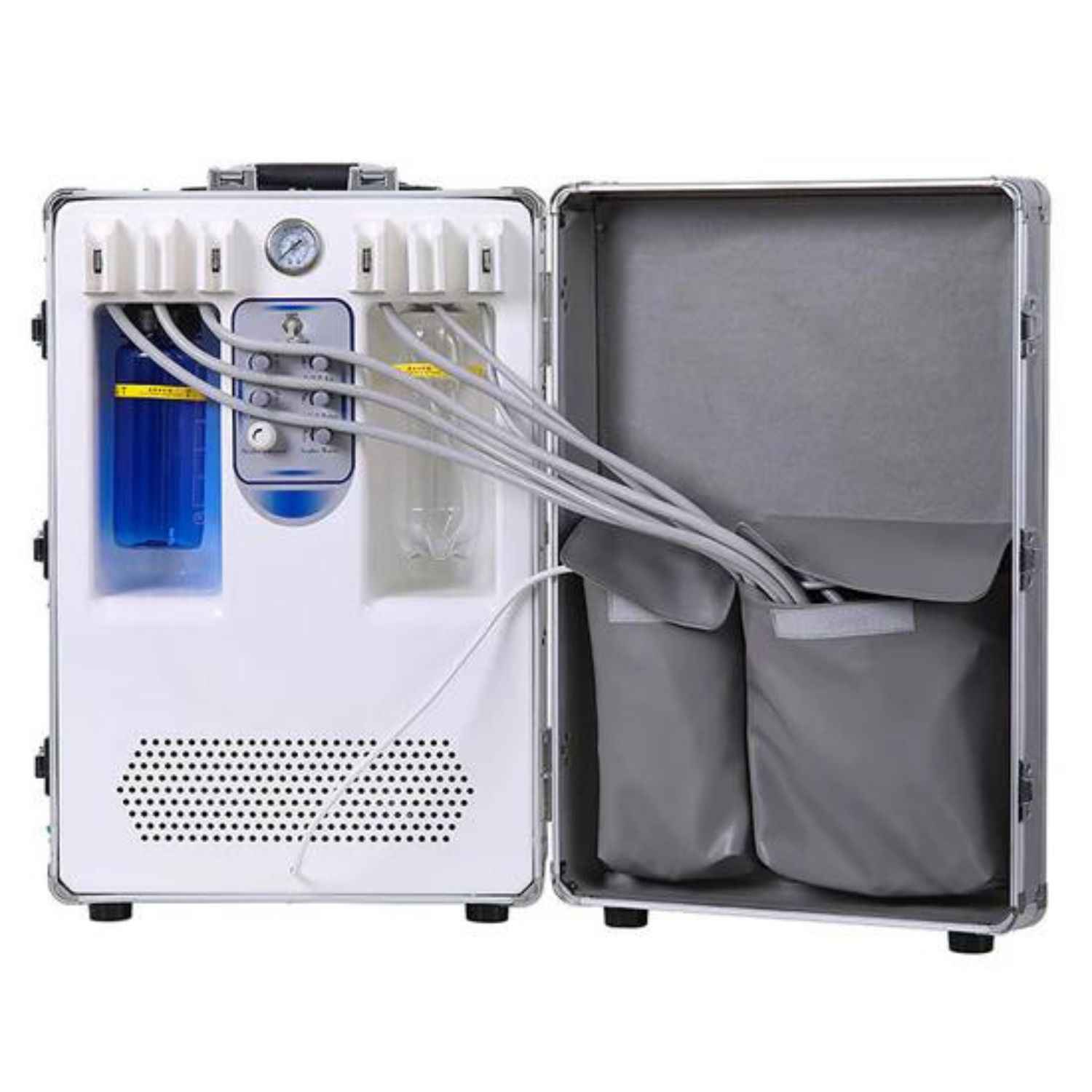Dental chair is more than just a seat; it’s the centerpiece of any dental practice, playing a crucial role in both patient comfort and the efficiency of dental procedures.
Whether you’re setting up a new dental office or looking to upgrade your equipment, understanding the essentials of dental chairs is vital.
This guide will walk you through the key aspects of dental chairs, from their basic definition to specifications, weight capacity, and maintenance, ensuring you have all the information you need to make informed decisions.
What is a Dental Chair?
Dental chair, often referred to as a dentist chair, is a specially designed chair that allows dental professionals to perform various procedures while keeping the patient comfortable and secure.
Unlike ordinary chairs, dental chairs are equipped with adjustable components like the backrest, headrest, and armrests to accommodate different treatment positions.
The dental chair's definition also extends to its role as a central hub, often integrating lights, instrument trays, and sometimes even built-in X-ray machines, making it indispensable in modern dentistry.
Types of Dental Chairs
Dental chairs come in several types, each tailored to specific needs:
Standard Dental Chairs:
These dental chairs are the most common in dental offices and provide a stable, fixed position with various adjustable features for patient comfort.
Portable Dental Chairs:
Lightweight and easy to move, these chairs are ideal for mobile dental units or temporary setups.
Pediatric Dental Chairs:
Designed specifically for children, these chairs are smaller and often feature designs that help to reduce anxiety in young patients.
Understanding the different types of dental chairs can help you choose the one that best fits your practice’s needs, whether you prioritize portability, patient comfort, or advanced functionality.

Dental Chair Specifications
When selecting a dental chair, specifications like size, weight capacity, and adjustability are crucial. The dental chair’s measurements typically include:
Length of Dental Chair: Most chairs measure between 70 to 80 inches when fully extended, accommodating patients of various heights.
Width and Height: The width ranges from 24 to 30 inches, while the height is adjustable to ensure comfortable access for the dentist.
Dental Chair Weight: The chair’s own weight can vary, often between 150 to 300 pounds, depending on its design and features.
Dental Chair Weight Limit: Standard chairs support up to 450 pounds, although models with higher weight limits are available.
These specifications ensure the chair can comfortably support a wide range of patients while allowing the dentist to work efficiently.
How to Clean a Dental Chair?
Maintaining a dental chair involves regular cleaning to ensure hygiene and prolong its lifespan. Key steps include:
Daily Cleaning: Use a dental chair cleaning solution to wipe down the chair's surfaces at the end of each day. This helps prevent the buildup of bacteria and debris.
Between Patients: Disinfect high-contact areas such as the headrest, armrests, and seat after each patient to prevent cross-contamination.
Deep Cleaning: Regularly deep clean the chair by removing and sanitizing detachable parts like the headrest. Check the manufacturer’s guidelines for cleaning products to avoid damaging the upholstery or mechanical components.
Consistent cleaning not only ensures a safe environment for patients but also extends the chair's usability, keeping it in good condition for years to come.

Dental Chair Space Requirements
Proper space planning is essential for optimizing the layout of a dental office. Key considerations include:
Chair Dimensions: Ensure there’s sufficient space around the chair to allow the dentist and assistant to move freely. The dental chair's measurements, including its length when fully extended, should guide your room design.
Ergonomics: Position the chair to maximize comfort for both the patient and dental professionals. This includes ensuring easy access to all necessary equipment and allowing for smooth patient entry and exit.
Additional Equipment: Account for the space needed for attached or nearby equipment, such as lights, trays, and dental units, to maintain a clutter-free environment.
Adequate space planning enhances the efficiency of the dental office, ensuring smooth operations and a comfortable experience for both patients and staff.
Conclusion
Dental chairs are a fundamental component of any dental practice, directly impacting patient comfort and the efficiency of procedures.
From understanding the basic dental chair definition to knowing the types, specifications, weight capacity, and cleaning procedures, this guide provides a comprehensive overview of what you need to know.
By choosing the right chair and maintaining it properly, you can ensure your dental office remains functional, hygienic, and welcoming for all patients.
This comprehensive knowledge about dental chairs will help you make informed decisions when selecting and maintaining this crucial piece of dental equipment.







